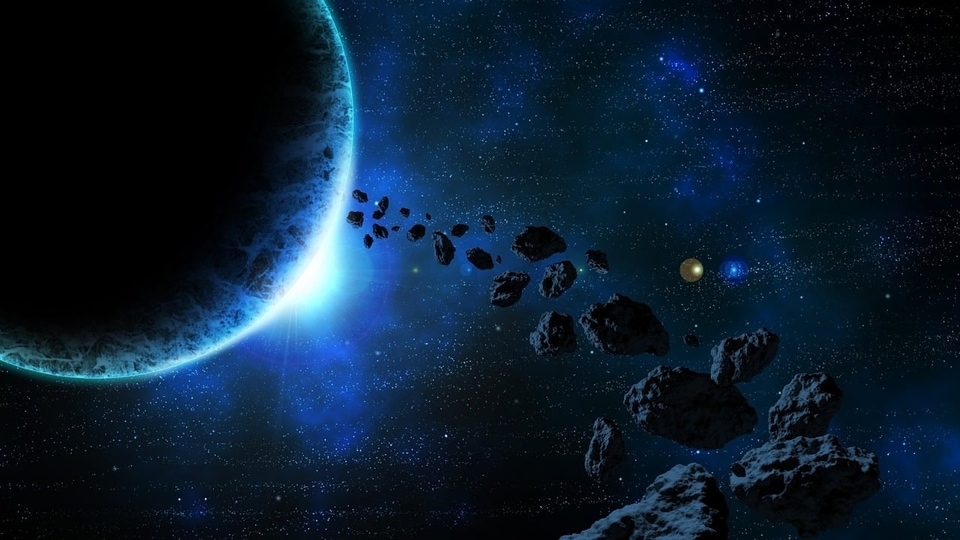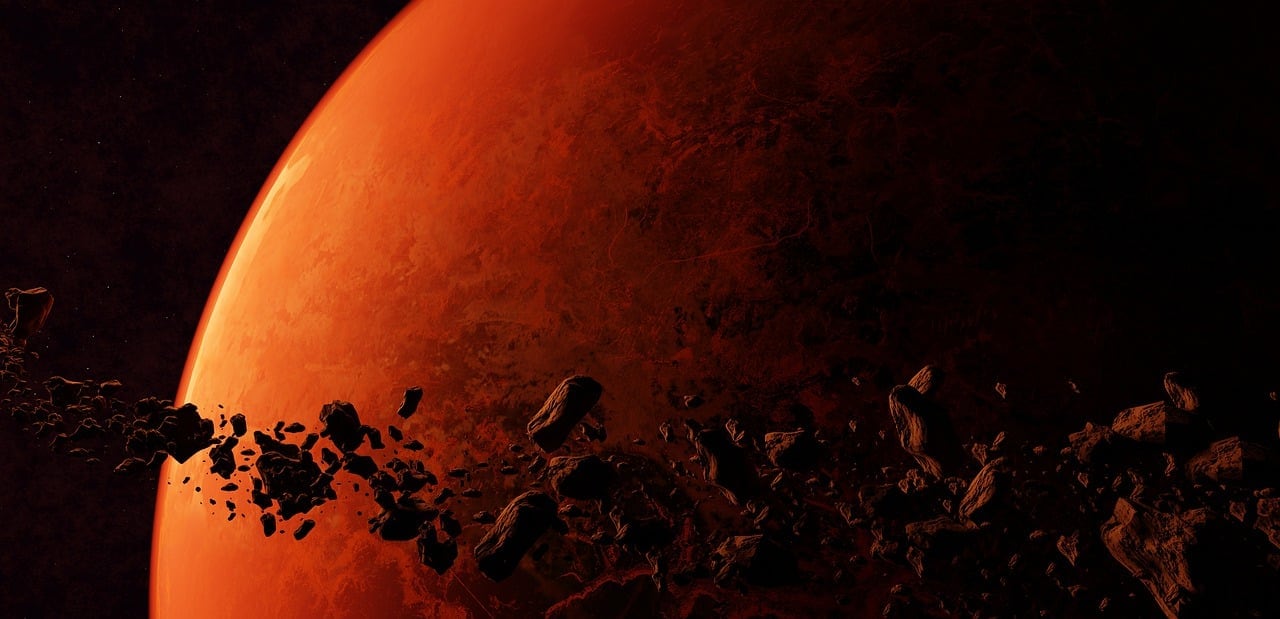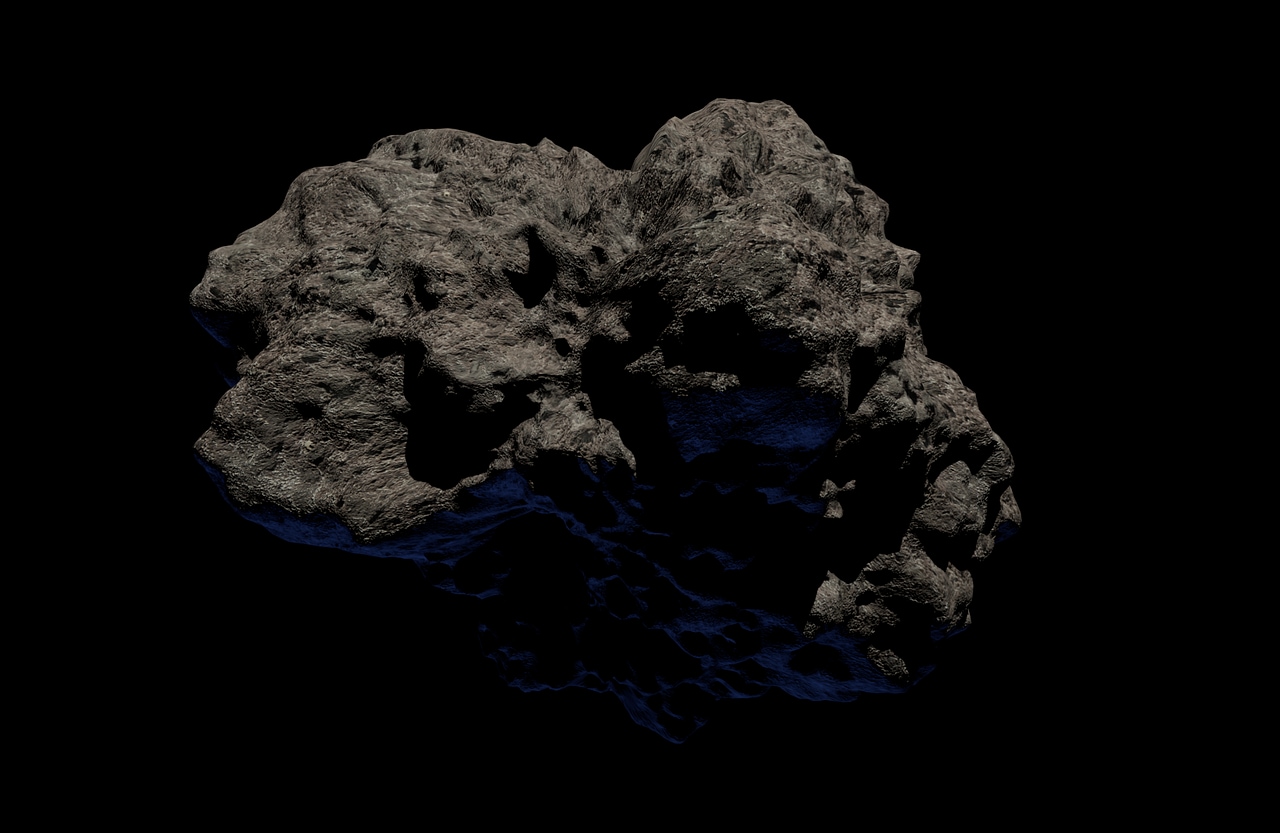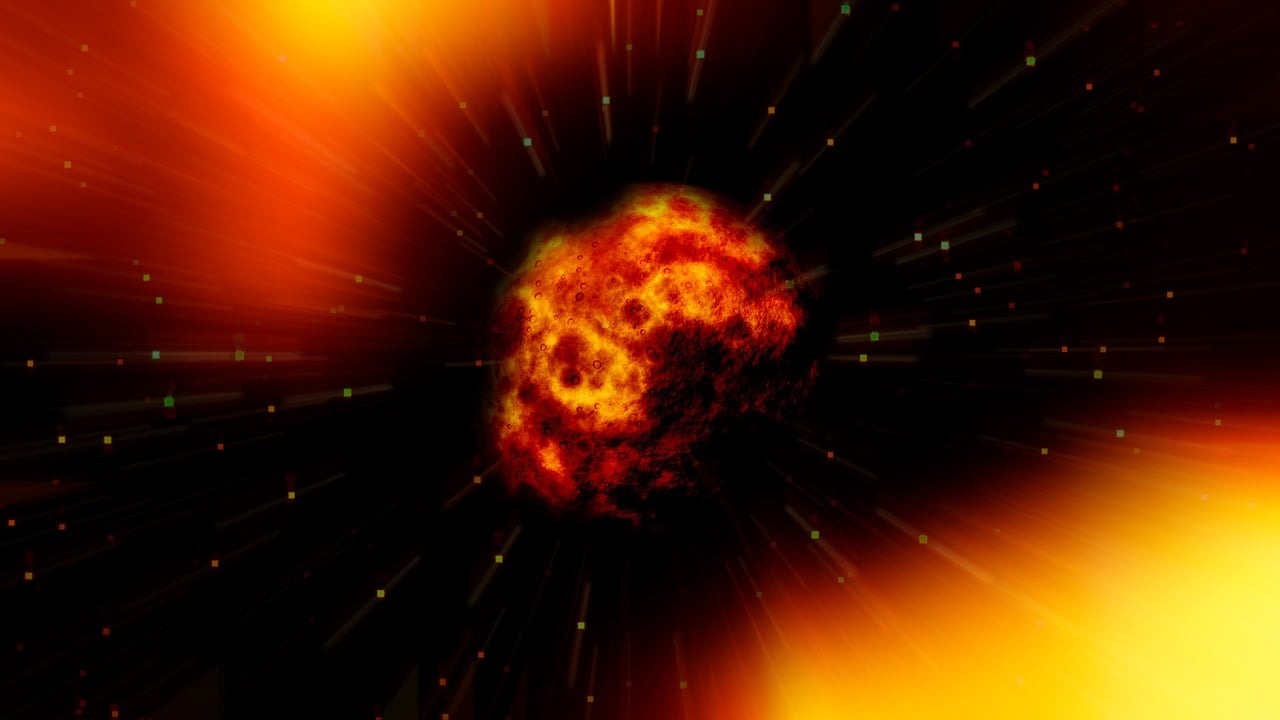Aircraft-sized asteroid racing towards Earth! NASA reveals close approach details
An Apollo group asteroid named Asteroid 2023 SN6 is hurtling towards Earth and is expected to make its closest approach to the planet soon, NASA has revealed. Know its speed, size, distance of approach, and more.






 View all Images
View all ImagesNASA has been working on its Psyche mission for the last few years but hasn't been able to launch it yet. The space mission to the 16 Psyche asteroid has been delayed several times now, with the most recent happening on October 5. The $1.2 billion mission was set to launch via a SpaceX Falcon 9 rocket as part of NASA's Discovery missions but was delayed, giving NASA more time to reverify parameters that control the rocket's nitrogen cold gas thrusters. For the unaware, the 16 Psyche asteroid is made up of gold, nickel, and iron deposits and is supposedly worth more than Earth's economy.
In a separate development, NASA has shed light on an asteroid that will pass at extremely close distance soon.
Asteroid 2023 SN6 details
According to details revealed by NASA's Center for Near-Earth Object Studies (CNEOS), this asteroid, designated as Asteroid 2023 SN6 is expected to make its closest approach to Earth on October 4. Its orbit will bring it as close as 4.8 million kilometers near Earth. While this distance might seem like a lot, it is quite less in astronomical terms. It has been estimated to be travelling at a breakneck speed of 30564 kilometers per hour.
According to NASA, the asteroid that is approaching Earth isn't big enough to be classified as a Potentially Hazardous Object. Asteroid 2023 SN6 is estimated to be almost 86 feet wide, which is not big enough to be classified as a Potentially Hazardous Object. In terms of size, it is nearly as big as an aircraft.
It belongs to the Apollo group of Near-Earth Asteroids, which are Earth-crossing space rocks with semi-major axes larger than Earth's. These asteroids are named after the humongous 1862 Apollo asteroid, discovered by German astronomer Karl Reinmuth in the 1930s.
Psyche mission objectives
According to NASA, the Psyche spacecraft will orbit the 16 Psyche asteroid for 21 months to map the asteroid and gain information about the makeup of the asteroid as well as learn how metal core asteroids and planets are formed. This will be an important step to study the formation of Earth itself as well.
The objectives of the mission include determining the age of regions on the asteroid, studying its formation, characterizing its topography, and studying dips in the asteroid's gravity using multiple scientific instruments such as multispectral imager, magnetometer, gamma ray and neutron meter, and more.
Catch all the Latest Tech News, Mobile News, Laptop News, Gaming news, Wearables News , How To News, also keep up with us on Whatsapp channel,Twitter, Facebook, Google News, and Instagram. For our latest videos, subscribe to our YouTube channel.





























